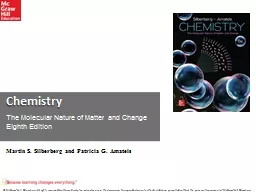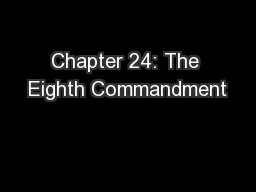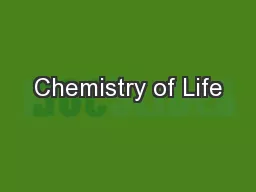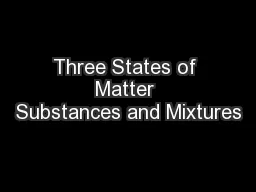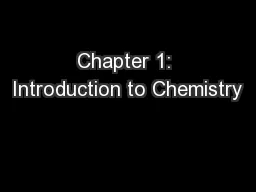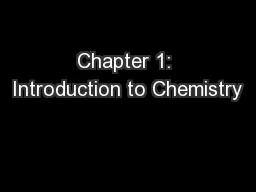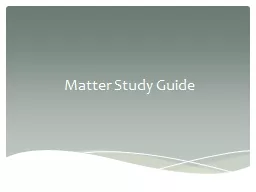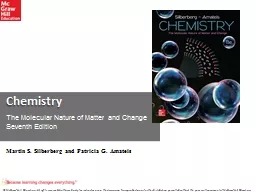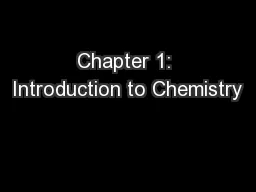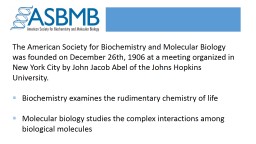PPT-Chemistry The Molecular Nature of Matter and Change Eighth Edition
Author : mitsue-stanley | Published Date : 2019-12-25
Chemistry The Molecular Nature of Matter and Change Eighth Edition Martin S Silberberg and Patricia G Amateis Gases and the Kinetic Molecular Theory 51 An Overview
Presentation Embed Code
Download Presentation
Download Presentation The PPT/PDF document "Chemistry The Molecular Nature of Matter..." is the property of its rightful owner. Permission is granted to download and print the materials on this website for personal, non-commercial use only, and to display it on your personal computer provided you do not modify the materials and that you retain all copyright notices contained in the materials. By downloading content from our website, you accept the terms of this agreement.
Chemistry The Molecular Nature of Matter and Change Eighth Edition: Transcript
Download Rules Of Document
"Chemistry The Molecular Nature of Matter and Change Eighth Edition"The content belongs to its owner. You may download and print it for personal use, without modification, and keep all copyright notices. By downloading, you agree to these terms.
Related Documents

